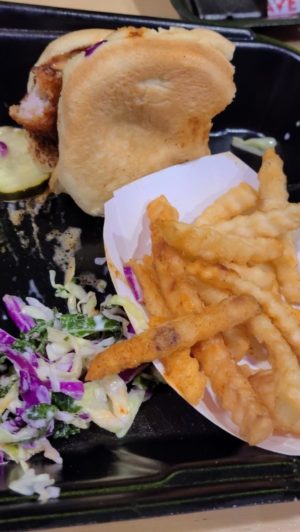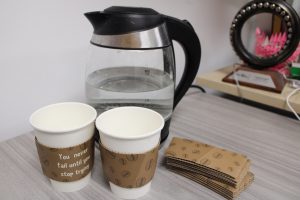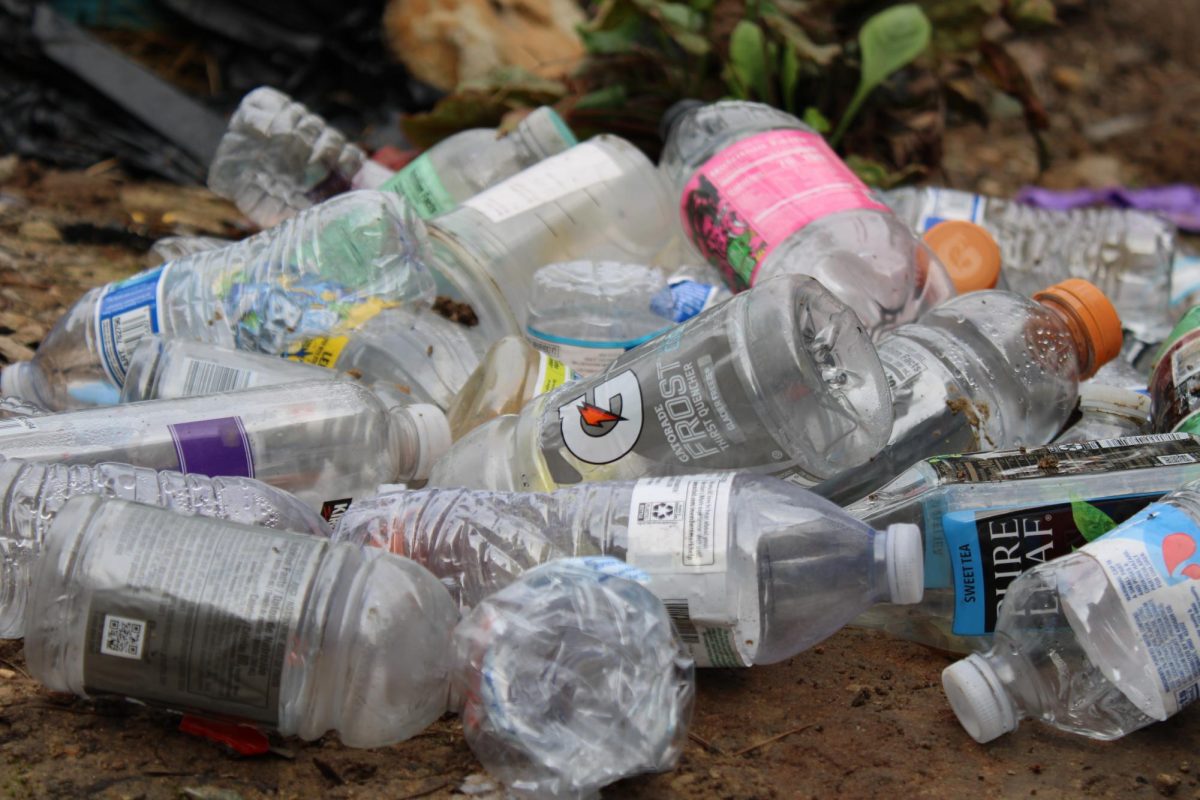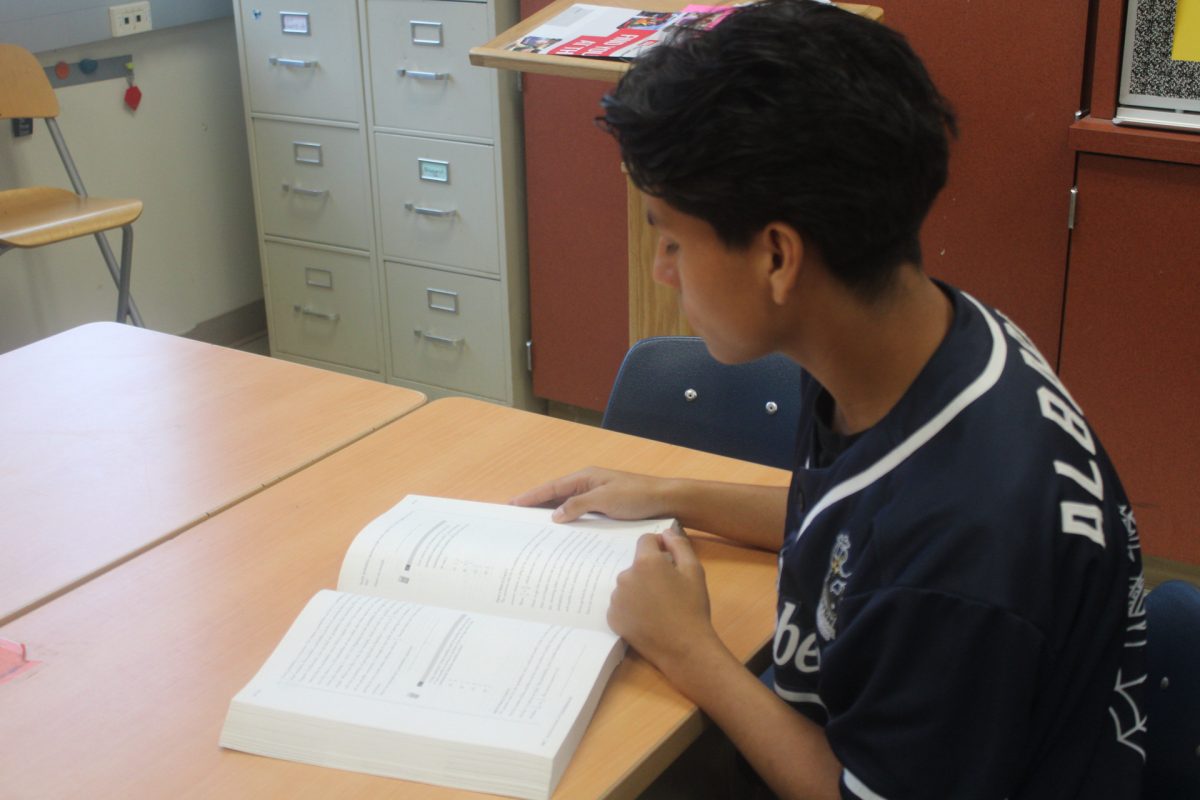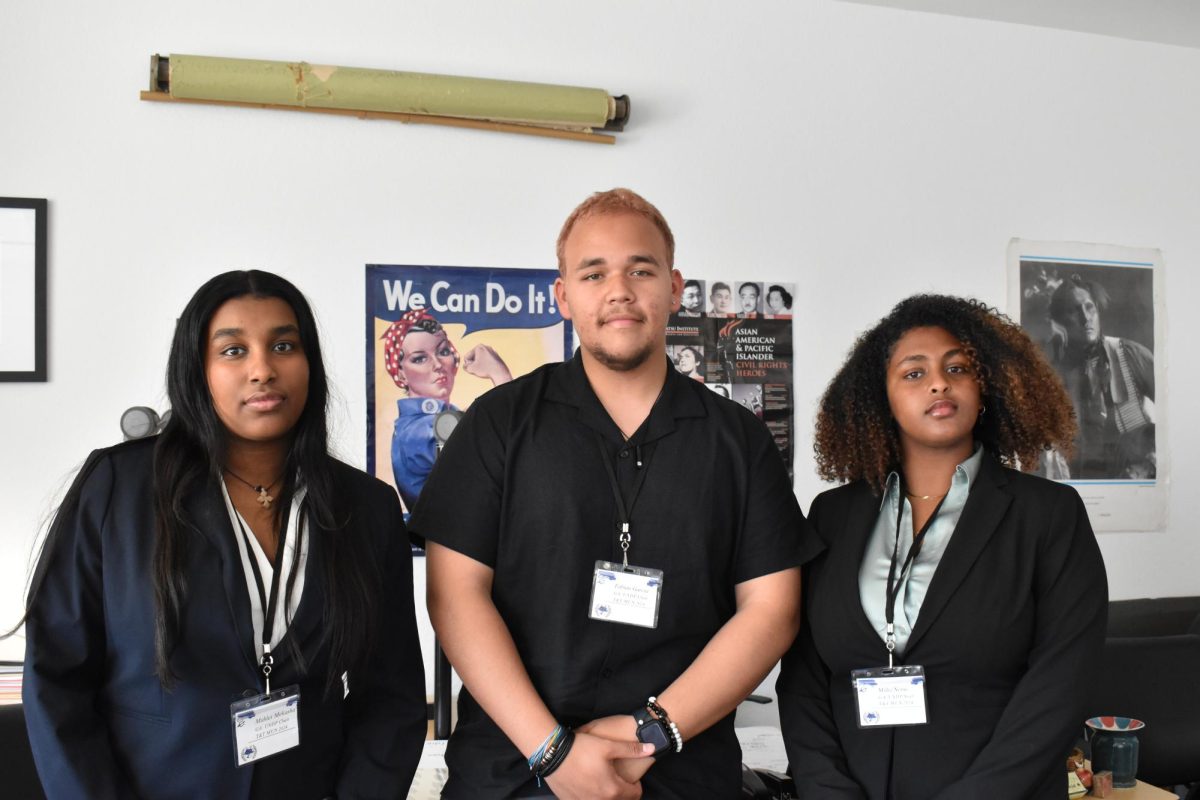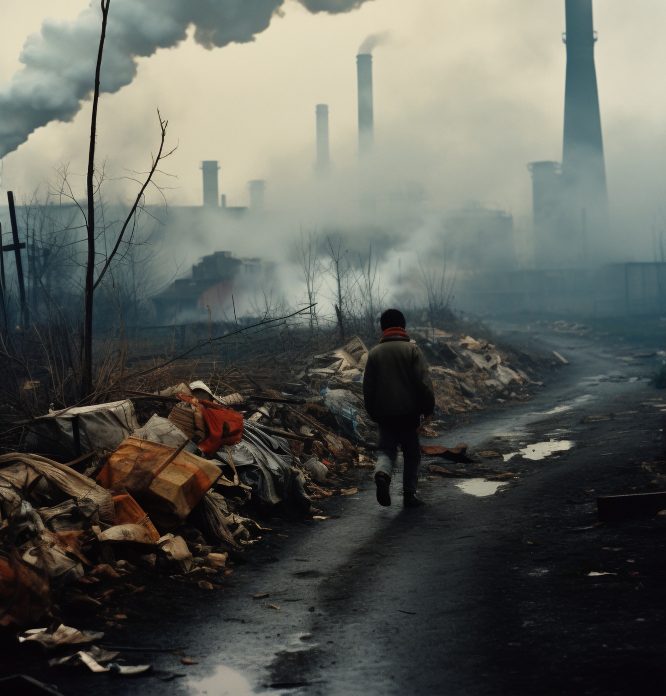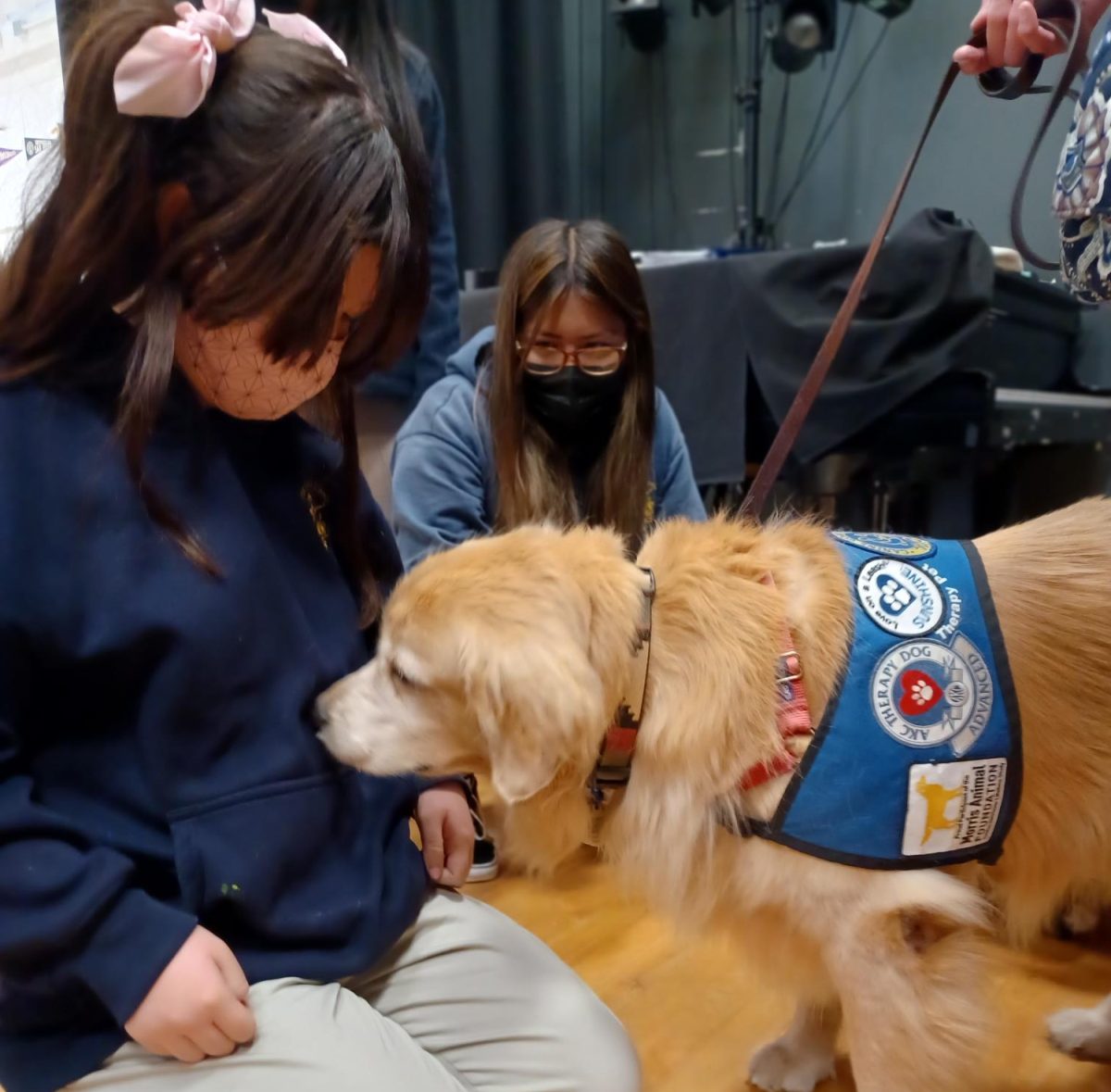Plastics have become a major part of our lives. Plastics are included in toys, stores, clothes, technology, transportation, construction, medical fields, sports, clothes through fake cotton, gum, jewelry, and makeup. Plastic has transformed from a way of helping life to becoming a part of it. This is illustrated by the fact that there are sightings of nanoplastics in plants and meats that we eat. However, the impossibility, micro plastics are even seen more in babies than adults through absorption of microplastics by biting plastic items. Micro and nano plastics are created due to the gradual breaking down of plastic materials into smaller and smaller parts. The situation of microplastics is not just affecting us, but the whole world in its entirety.
Micro and nano plastics are plastics that are small to see. The microplastics are much more easily seen because they are around the size of a human hair. However, the nanoplastics are much smaller and around the size of viruses. According to the US Environmental Protection Agency (EPA), the sizes of the microplastics are 5mm to 1nm and the nanoplastics are 1μm, or smaller. The microplastics are so small that they can fall into water without being noticed. The nanoplastics are so small that they can not be seen by the eye and can easily ride the water we drink or breeze through the air we breathe. This is a giant problem because it is something new, unknown, and possibly harmful, and we do not know if the immune system works for plastic particles.
Ingesting microplastics harms humans, animals, and plants. The consequences of microplastics are unknown because they have spread around the world and we have not found a place without plastic, mainly due to plastics having been around for only 117 years and have not been fully studied. According to the National Capital Poison Center, plastic has some poisonous material for humans that could be created if broken down from it. Still, we can not state with certainty that microplastics are harmful to our health. However, the cases of microplastics are still problematic even if there isn’t any evidence for it. This problem is illustrated by the fact that babies have ten times more plastic than adults in their bodies according to EarthDay.org
However, the impact of plastic on the environment is easily observable and much more scary. As it is easily seen in the ocean with the giant plastic garbage patch along with animals that are killed due to plastic. This is only through the giant pieces of plastic that can be taken out of water easily. But the tiny pieces of plastic are much more dangerous because it harms the entire environmental system. The plankton can eat the microplastic and the microplastic can climb up the food chain and build up in both the aquatic and aerial. However, in the land, they are spread by wind and accidentally eaten and damages cell membranes. According to the Plastic Soup Foundation, “The plastic appears to attach to the surface of the roots, thereby hindering their growth.” This is a situation that illustrates a singular type of harm; however, the problem does not just stop with a singular type of plant, called duckweed, but expands to all life.
Plastics have damaged our planet, hurt living creatures, and possibly harmed us. But plastic has allowed us to do many diverse feats and the creation of unique concepts that have improved our living situation. However, it does not change the fact that plastics have become a part of the earth and it will not change. We need to make a gigantic change to try to reduce the effect of all types of plastics, especially microplastics because the microplastic particles have seeped into the geology. It is not something that ruined the earth, but we humans are not regulating plastic. Allowing microplastics to become a problem out of our control is something that is already done. And now we are finally trying to stop worsening the problem that we created. Although we the people can not really do anything big about the problem. We can make sure the big plastic materials are recycled and not use very small plastic materials like glitter and tiny plastic beads. The final undertaking that should be done is developing ideas that remove all kinds of plastic more quickly, more efficiently, and more precisely.


